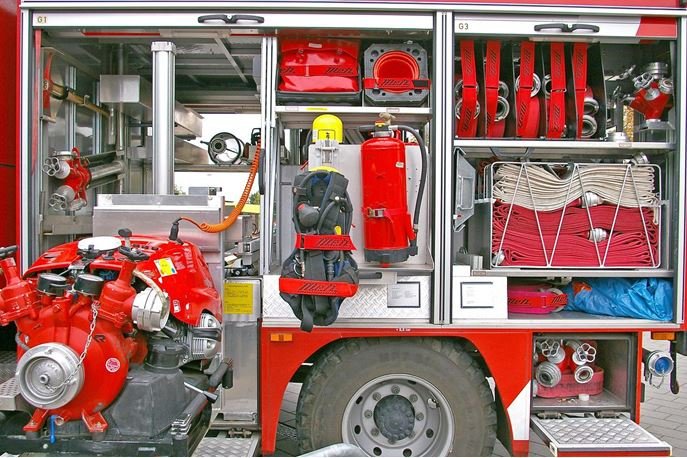One of the leading causes of severe and permanently disabling injuries continues to fall from heights. Working safely should always be your priority, regardless of whether you work at heights daily for your job or only occasionally when performing DIY. Imagine you’re cleaning the chimney and some accident happens. This must be prevented. Roofs, ladders, and scaffolds are still the top 3 major sources of the worst injuries regarding falls from heights.
This post will go through the top 5 safety precautions for working at heights.
Don’t skip the training
Working on height safety training procedures is crucial when it comes to preventing falls from heights. If you are an employer, you must make sure that each one of your employees is aware of all the dangers and able to complete the job without risking their life. Everything must be planned and well organized. Furthermore, there must be a good supply of necessary equipment, along with proper supervision if something goes awry.
You might think that accidents still happen anyway, but prevention is the most important step. Many injuries can be prevented or mitigated with proper prevention steps. It’s not the same if someone breaks a leg or dies. Employees’ lives are what matter the most.
Use a secure anchor point
The fall protection system is connected to and fully supported by an anchor. Employees fasten their lifelines or lanyards to the anchor. Both the anchor’s type and installation must be adequate.
Furthermore, anchors are designed to keep a person from hitting the ground in the event of a fall. Both permanent and temporary (movable) anchors are available. The first ones are built-in to the building and permanently installed as fall protection. The second one requires specific installation instructions to be attached to a structure.
To properly use the normal anchors and identify damaged ones, work at heights training teaches both theories and practice on issues like these.
Use railing
For them to be deemed safe, roof railings must adhere to certain standards. They shouldn’t go through the roof because that would create damage and increase the likelihood of future leaks. Because it is a component of the roof that wasn’t originally planned, you must also check for its design because adopting it may provide some challenges.
These are the measurements that OSHA demands in terms of numbers:
1) Safety railings must have a diameter of 1/4 inch
2) A 42-inch safety railing, plus or minus 3 inches, is required
3) When a 200-pound weight is applied to the top in a downward or outward direction, the top shall not fail and may deflect to a location no lower than 39 inches above the floor.
Ladder safety measures
Ladders may be used for work at heights, according to the law, if a risk assessment demonstrates that utilizing equipment with a higher level of fall protection is not warranted given the minimal risk and brief duration of use, or if there are already-existing workplace elements that cannot be changed.
When determining whether a ladder should be used, the length of time spent using it shouldn’t be the decisive factor; rather, the hazards and tasks must be evaluated first. When utilizing a ladder, you must make sure it is stable, level, and situated in a useful area.
Choose the appropriate PPE.
One of the most crucial steps in preventing eye injuries is choosing the proper personal protective equipment (PPE). Regular eyeglasses cannot serve as a substitute for safety glasses or goggles in this situation. But they are not faultless. Because safety glasses have tiny holes surrounding the gaps, they may not be effective against splashes and dust. Because of the tight, form-fitting facial seal that offers you 360-degree protection from debris, splashes, dust, and blunt impacts, safety goggles are a preferable choice in this situation. Direct vent, indirect vent, and not vented are typical types (with or without an anti-fog lens).
As a responsible employer, make sure you adhere to all relevant protocols and safety precautions. These six suggestions will assist you in doing so, but keep in mind that the safety precautions will vary depending on the sort of employment, so determine what you need and speak with experts who can provide the training for you.
